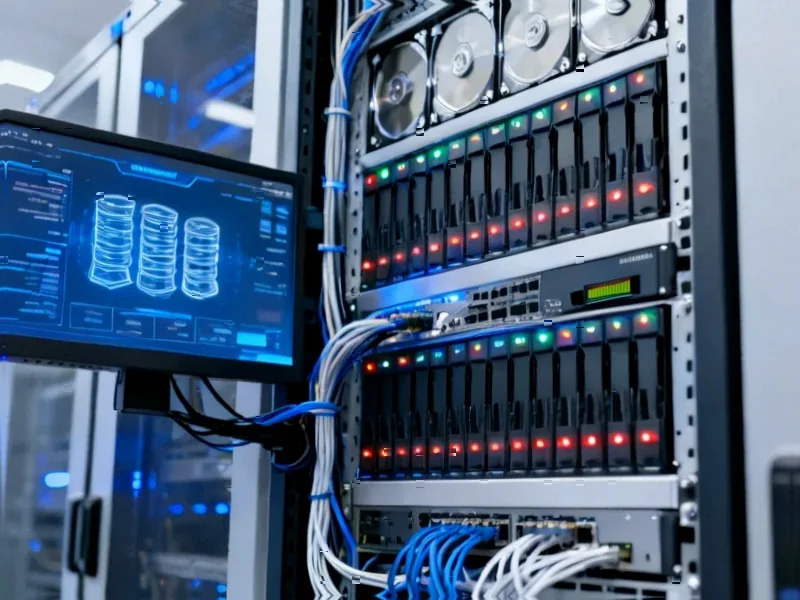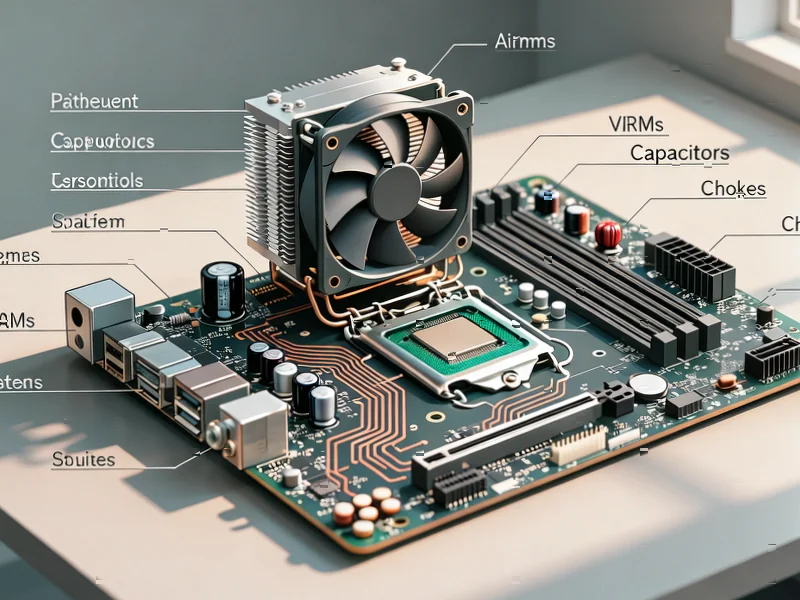According to XDA-Developers, running OPNsense virtualized on Proxmox solves FreeBSD’s notorious network driver compatibility issues by letting Linux handle the hardware through VirtIO virtual adapters. This approach enables instant snapshots and automated daily backups through Proxmox Backup Server, making risky configuration changes safe to experiment with. For PPPoE users, virtualization distributes processing across all CPU cores rather than being limited to single-threaded performance. The setup also enables high availability without needing multiple public IPs from your ISP, and allows sharing hardware between OPNsense and other services like TrueNAS on the same machine.
The driver problem you didn’t know you had
Here’s the thing about FreeBSD—it’s rock solid until it encounters hardware that wasn’t specifically designed for it. The author discovered this firsthand with an Aquantia AQC107 10GbE NIC that worked perfectly under Linux but was completely useless in FreeBSD. Basically, if you’re not using mainstream Intel NICs, you’re playing hardware roulette.
But virtualizing through Proxmox changes everything. The host handles the actual hardware using Linux’s robust driver support, while OPNsense only sees virtual VirtIO devices that FreeBSD actually supports. Suddenly every NIC just works, and you get full performance without the compatibility headaches. It feels like cheating because, well, it kind of is.
When your firewall breaks in two minutes flat
Remember that sinking feeling when a router configuration change takes down your entire network? With bare-metal OPNsense, recovering could mean reinstalling from scratch and restoring configs—a process that might take hours. But with Proxmox snapshots? You’re back online in two minutes.
The author describes an OPNsense 25.7 update that failed mid-install because the VM ran out of space. Instead of panic, they just restored a pre-update snapshot and were immediately back to version 25.1. And with automated daily backups to both local storage and a separate Proxmox Backup Server, you’ve got multiple recovery options. That’s significantly better than OPNsense’s built-in config backups, which require a working system to restore.
High availability without the ISP headache
OPNsense’s CARP system for high availability sounds great until you realize it demands three public IP addresses from your ISP. For most residential users? Not happening. Some ISPs won’t even offer multiple IPs without business plans, and the complexity gets ridiculous.
Proxmox’s High Availability cluster is dramatically simpler. If your host fails, Proxmox automatically restarts the OPNsense VM on another node in the cluster. The failover might take a minute or two instead of being instant, but for most home and small business uses? That’s perfectly acceptable. And you avoid the fragile workarounds people use to make CARP work with single-IP setups.
Why PPPoE users should especially care
If your ISP uses PPPoE authentication, you’ve probably noticed it can hammer a single CPU core. PPPoE is inherently single-threaded, which means your router’s performance bottleneck might be that one core struggling to keep up.
Virtualization distributes this load across all available cores because the Linux host handles the PPPoE frames before they reach OPNsense. The result? Better throughput without needing to tweak kernel settings or upgrade hardware. For gigabit PPPoE users, this alone could justify the virtualization approach.
Your router can multitask too
Here’s the killer feature many people overlook: when OPNsense is just a VM, your hardware can do double duty. The author runs their setup on a Ugreen NAS with four 4TB drives—storage that would mostly go to waste in a bare-metal router install.
Instead, they pass through the SATA controller to a TrueNAS VM while OPNsense handles networking on the same machine. You get a router and NAS in one device, using hardware efficiently without performance compromises. And since it’s all virtualized, you can migrate between hosts or upgrade hardware without reconfiguring OPNsense. That’s flexibility you simply can’t get with dedicated appliances.




